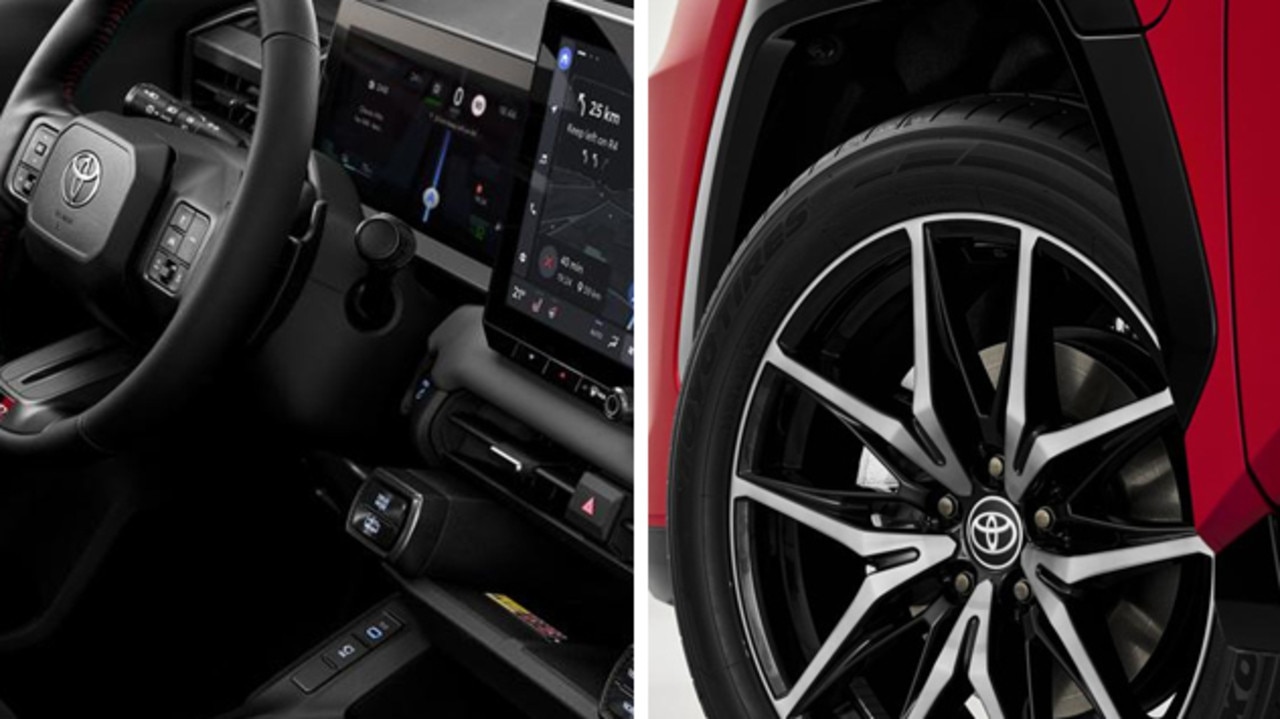The dodgy tactics of Chinese carmakers, famed for stealing the iconic designs of global rivals
As Chinese carmakers launch an assault on global markets, aiming to topple Western and Asian rivals, a long-running dirty habit has been exposed.

Motoring News
Don't miss out on the headlines from Motoring News. Followed categories will be added to My News.
When the world’s first car produced by a smartphone company was unveiled recently, buyers in China raced to snap up the sleek, advanced and luxurious – but affordable – Xiaomi SU7.
While the launch of tech billionaire Lei Jun’s hotly anticipated electrical vehicle represented an exciting first, there was nothing new about the appearance of the SU7.
It’s a direct and blatant rip-off of Porsche’s beloved Taycan, which is one the shiniest jewels in the century-old prestige carmaker’s crown.

Within a month of hitting showrooms, some 88,000 Chinese motorists had placed orders for the SU7. By comparison, the Financial Times reports sales of once-popular Porsche models across the country slumped 24 per cent in the first quarter of the year.
If imitation is the highest form of flattery, those who design vehicles in China – the world’s biggest automotive market – have great admiration for the work of countless others.
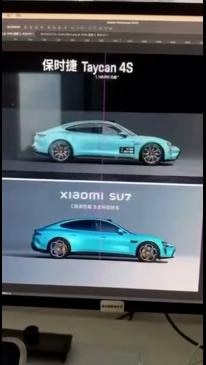
Chinese automakers are launching an assault on international rivals, flooding key markets with eye-catching and technologically impressive models that are cheap and accessible.
At home, they’re making big waves by convincing many of the 464 million motorists to ditch Western and Asian brands in favour of local options.
According to projections from the International Energy Agency, a staggering 10 million EVs will be sold in China in 2024.
Some 3.4 million will be exported to Europe and another 1.7 million to the United States, despite both territories imposing hefty tariffs – 100 per cent in the US – on Chinese vehicles.
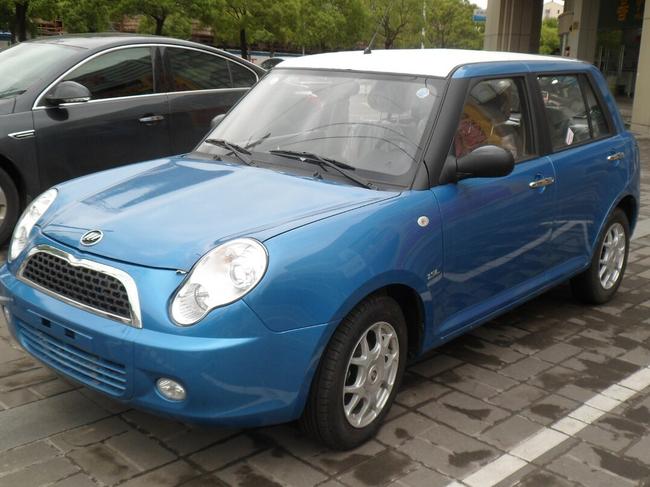
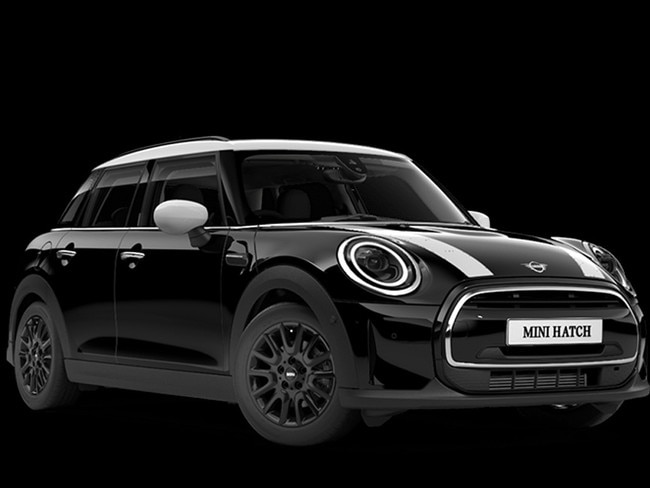
But overshadowing the enormous success of China’s car industry is its long legacy of shamelessly copying the designs of famous brands.
“Many of China’s domestic car brands have a less than proud history when it comes to copying car designs from other manufacturers,” motoring journalist Luke Wilkinson wrote for Auto Express.
“The practice is less common than it once was, but some Chinese models are still blatant rip-offs that are barely distinguishable from the vehicles that inspired them. Yet more are subtler imitations of the original source material.”
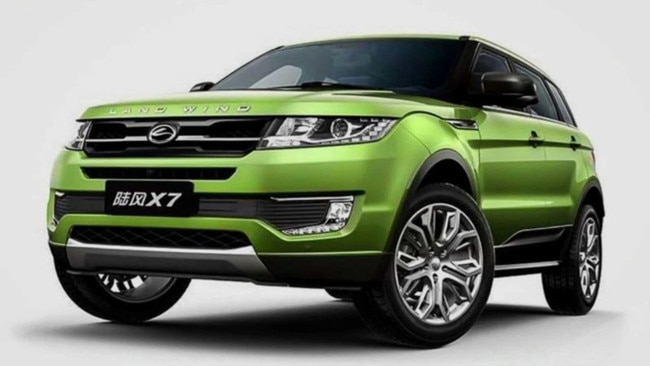
Jaguar Land Rover (JLR) was incensed in 2016 when Jiangling Motors unveiled the LandWind X7, a shocking replica of the former’s top-selling Range Rover Evoque.
Three years later, JLR won a landmark copyright legal challenge in China that forced Jiangling to withdraw the car from the market.
That didn’t stop Changan ripping off the distinct design of the Land Rover Discovery with its CS55 offering.

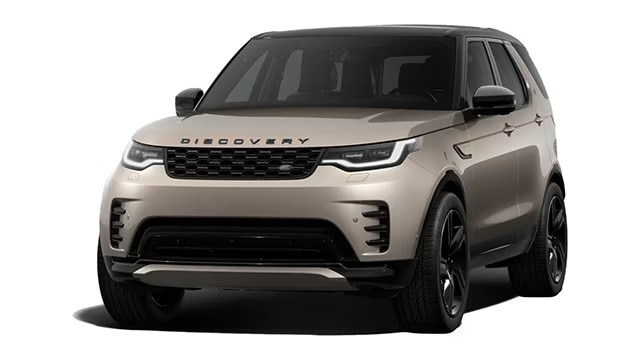
Before it was one of the world’s biggest EV producers, going toe-to-toe with industry giant Tesla, China’s booming BYD was drawing inspiration from the work of others.
One of its early offerings, the BYD S7, bared striking similarities to the Lexus RX.
Chinese automaker Hongqi even lifted the design of a vehicle that didn’t exist – a high-spec concept car from Mercedes, showing its vision for a future Maybach.
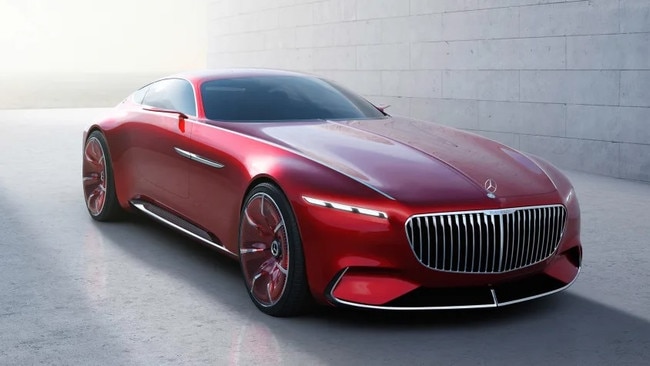
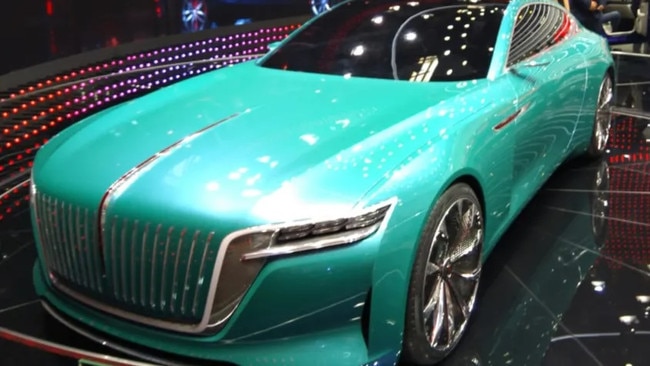
Back in 2020, car writer Fernando Moreno from the outlet Motor1 wrote of a chilling trend he and others had witnessed at international auto shows.
“Right after the world debut of a new model, a group of what appear to be Chinese journalists rushes to take very detailed photos of the just-unveiled vehicle,” Moreno said.
Rather than reporters ferociously gathering materials for articles, “these folks are delegates of automotive brands from China” who are even so daring as to pull our measuring tapes to capture the exact dimensions of whatever famous model has just been announced.
“Basically, their job is to gather as much information about new vehicles as possible. Usually, it takes from a few months to two years for their Chinese marques to come up with similarly-styled models for the local market.”
Take the stylish and aesthetically appealing BAIC BJ80, which was a low-priced copy of the trendy Mercedes Benz G-Class.
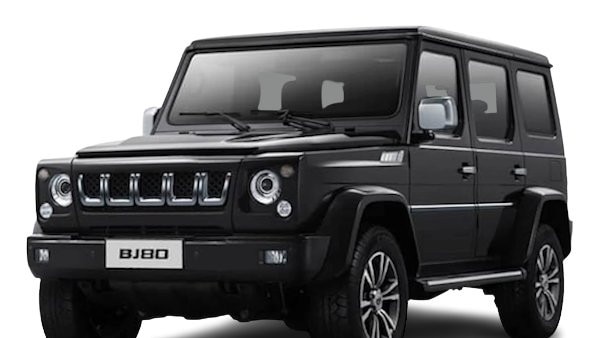

Also from BAIC, its domestically popular X423 borrowed heavily from the iconic Jeep Wrangler.
Then there was the Lifan 320, which was an unmistakeable cheap rip-off of the iconic Mini Cooper.
Designers of the Weikerui V7 didn’t even try to make subtle changes to its compact electric car, borrowing most of the features of the Volkswagen Up! – including the German automaker’s logo.
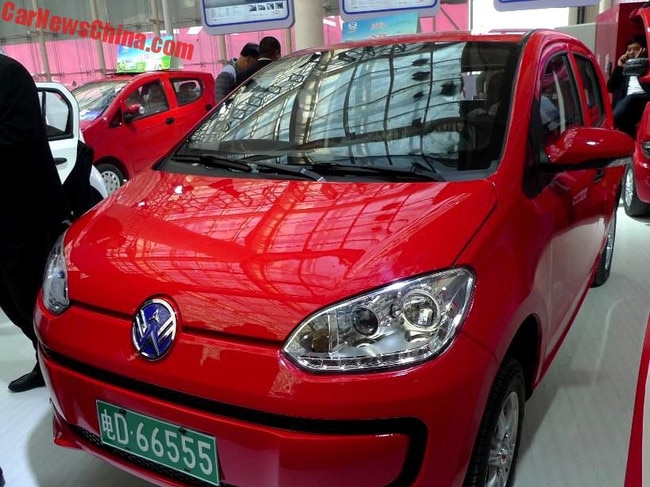
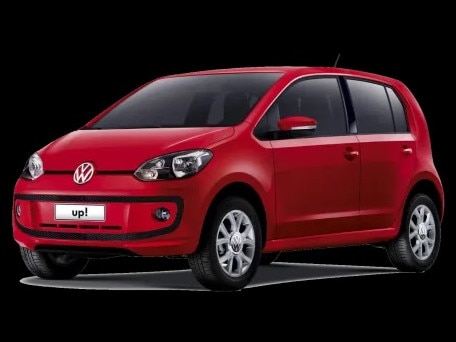
Before EV brands boomed on the global stage, Chinese automaker Great Wall Motors was having big success in the export market with a range of models.
While the first iteration of the ORA Punk Cat didn’t reach our shores, it was popular at home – especially among those drivers who perhaps had a soft spot for the Herbie films.
Even the latest take of the ORA, which you can buy here, still bare a resemblance to the Volkswagen Beetle.
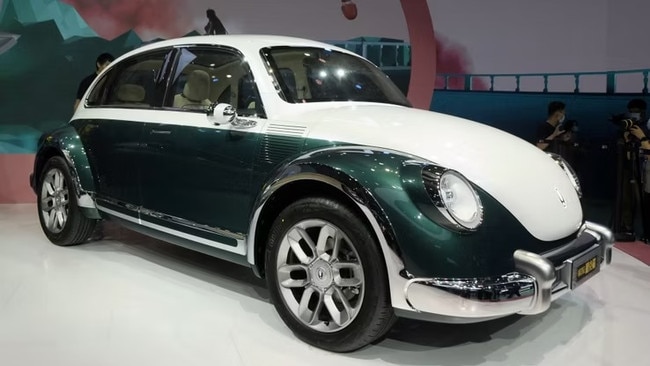
The attractive Zotye SR8 sparked dismayed chuckles in the car world when it was first released, having clearly taken inspiration from the famed Porsche Macan.
As Carbuzz explained at the time: “As far as a clone goes, it’s not the worst and would fool the average person in the street that might know what a Porsche Macan vaguely looks like.
“Perfect if you live in China and want to look good but avoid gold diggers.”
But one of the more amusing examples would have to be Geely’s GE, which takes its cue from the unmistakeable Rolls Royce Phantom.
There’s the sharp angles, the fierce grill and even the statuette on the bonnet.


Robert Dooley, strategist with British advisory Car Design Research, the FT that Chinese carmakers are leading the pack in many respects when it comes to technology and features.
But there are still too many examples of “wasted opportunities” when it comes to design, Mr Dooley told the newspaper.
“Although they are more technologically advanced in some cases, they are largely trying to emulate a western brand,” he said.
Xiaomi’s debut offering is a classic example, in that is “very clearly emulates” a design much of the world instantly recognises.

Where it differs is price. The Porsche Taycan will set a buyer back about 888,000 Chinese yuan (AU$184,000), the SU7 starts at just 215,900 yuan (AU$44,700).
In a press announcement in April, Xiaomi boasted about the groundbreaking SU7’s “refined exterior” that meets the so-called “golden ratio, including wheel-to-axel, wheel height, and height-to-width aspect ratios”.
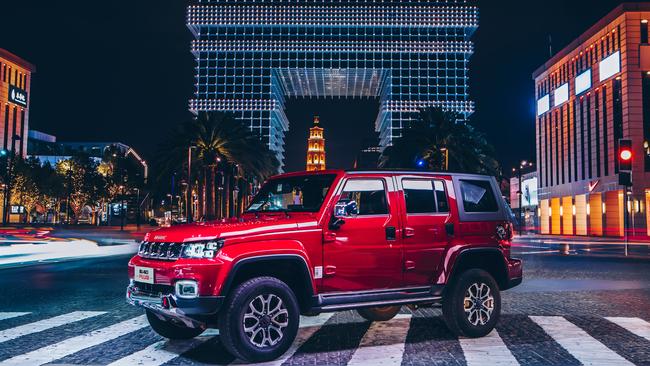

“From the side the contours are elegant and from the front, the low-lying stance delivers full impact,” it read.
“On the front and sides, the body’s curves are smooth and full, co-ordinating perfectly with an extremely tensile wheel design.
“At the rear, a unique compact ducktail spoiler and halo taillight design are highly recognisable.”
So, congratulations to the Porsche design team?
As one of countless commenters on car forums on Reddit put it best: “When you order your Taycan from Wish.”
Originally published as The dodgy tactics of Chinese carmakers, famed for stealing the iconic designs of global rivals




